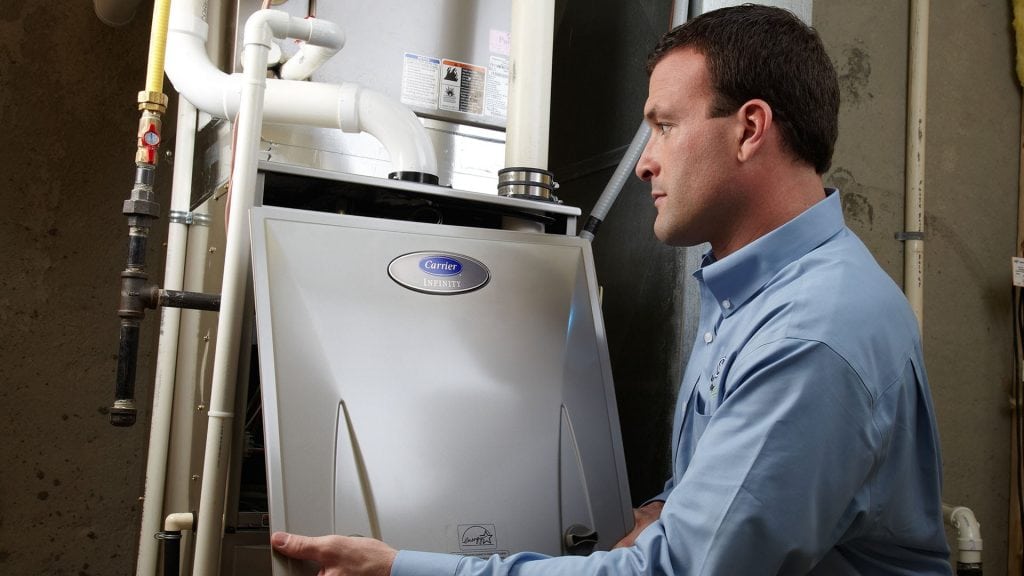5 Common Indoor Allergens That Can Compromise Indoor Air Quality

5 Common Indoor Allergens That Can Compromise Indoor Air Quality
The mild climate and persistently high humidity in the southeast U.S. provide an ideal environment for several common indoor allergens nearly year-round. Fortunately, allergens can be managed through products designed to improve indoor air quality (IAQ).
Common Indoor Allergens
- Dust mite waste - Dust mites are harmless microscopic insects that feed on dead skin cells. Mites are found primarily in bedding and bedroom closets. The mites themselves don’t cause allergic reactions, but their waste is one of the most common triggers for indoor allergies.
- Pollen - The most irritating pollen comes from shrubs, grasses and trees that have inconspicuous flowers. In a region like this with a nearly year-round growing season, pollen is ever present and one of the more common indoor allergens.
- Pet dander - Animals with fur and feathers shed dander, which is nothing more than dead skin cells. An allergy to pet dander is the most challenging to manage, since it’s difficult to give up a beloved pet. However, bathing the animal and frequent grooming will cut the dander load indoors.
- Mold - The nearly constant warmth and the humidity in this region provide two of the three necessary conditions for mold growth. The third lies in your home’s environment. It will feed on anything organic, including fibers, drywall, dust, and all its components. Mold can damage your home and cause serious health problems.
- Cockroaches - Like dust mite waste, the waste from cockroaches triggers allergy and asthma attacks in vulnerable people. Of all the insects that make it indoors, roaches are the most difficult to eradicate, often requiring a professional exterminator and fastidious cleaning.



